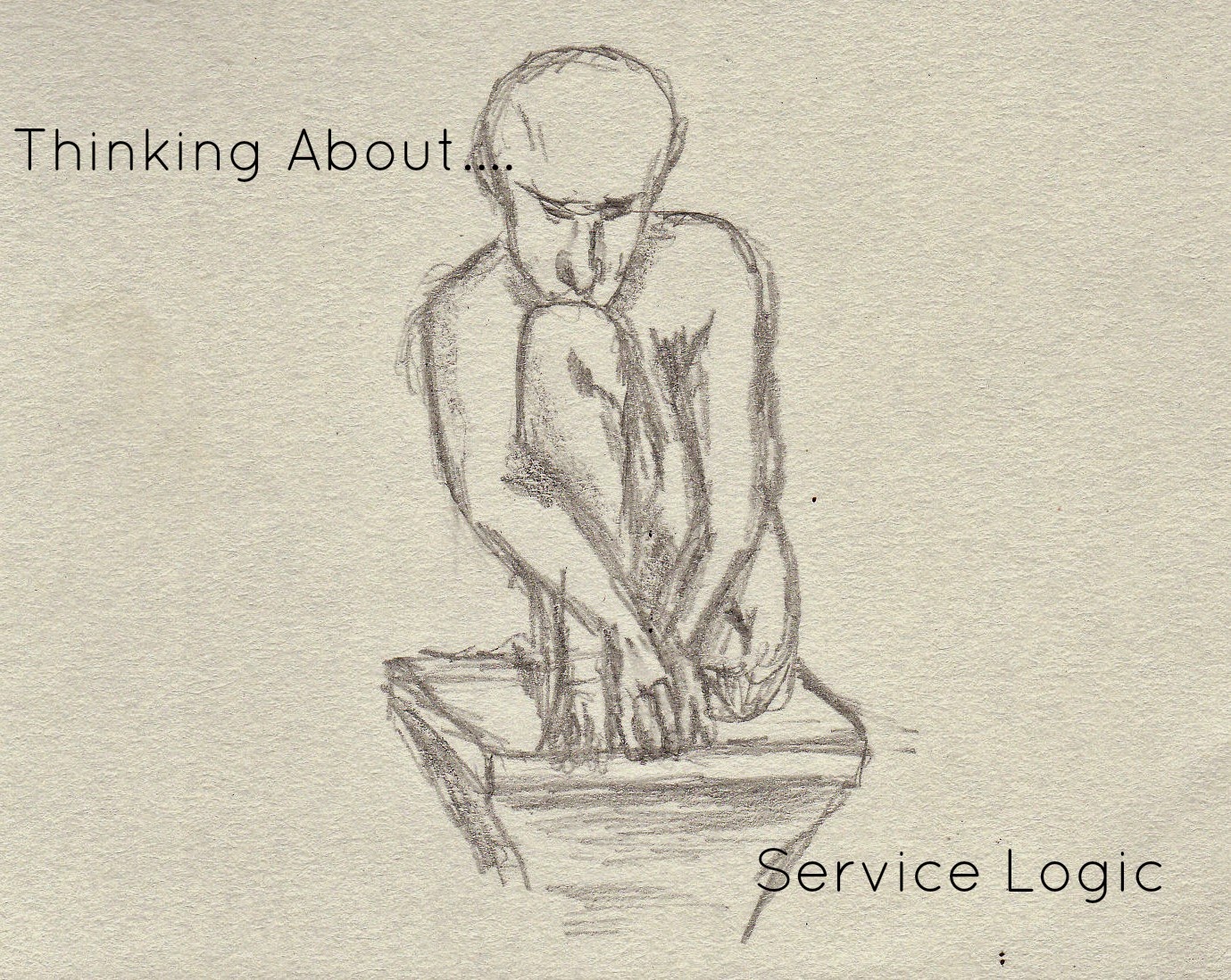The Raising of Money
I'm focused more on understanding our political process than I am on candidates and who you should vote for. That really isn't my purpose although I have my own political leanings that are not so easy to define as all this and all that. Its more important for people to understand become aware of how politics impacts our lives and how it influences the direction of our country.
It is also beneficial for people who have an interesting in marketing to gain greater knowledge of how political marketing functions within a campaign and its eventual creation of value for the candidates. In this case the amount of money may have less influence than how it is utilized to create the media channels and messages to reach a receptive voter base.
One candidate raised $5.2 million and the other $6.4 million over April, May and June. The information also shows primary level donations on both sides and a fairly even $18.6 and $19 million total raised for the election cycle thus far. The amount of money raised by each and the type of grassroots low donations means they will need to rely on something else beside the power of money.
First, lets talk about what money does for a campaign. Donations and money allow one to create reach in their campaigns through purchasing power of "air time". "Political marketing has the opportunity to build a marketing framework that focuses on delivering value to a core target market (voters, supporters) and addressing the needs of society at large (Hughes & Dann, 2009)."
Thus money is about reach to one's audience and it allows for the creation of coordinated campaigns of higher resonate value. Yet money isn't the only determinant of whether or not someone will succeed in their campaigns.
Three Stage Political Marketing Model
A three stage model of political marketing can help us better see what is occurring Curmaz & Ykup, 2016). That model includes the political product, the political organization, and the political environment. As the candidates create their campaigns they should keep that in mind as it is going to impact how they use their resources to create reach to their supporters (i.e. customers).
- Political Product: The candidate, their values, impressions and what they believe.
- The Political Organization: The party formation, operations, impressions, volunteering and functioning of that party.
- The Political Environment: The environment in which politics is occurring such as ideologies, values, economics, cultures and traditions. We can consider movements such as BLM, China, employment and COVID in this arena.
Based on this model we can say that each candidate will need to find a message in their campaign that resonates not only with their traditional political followers but also those that sit on the fence or who are questioning their values. The candidates will need to find a voice and match that with other available information in a message with the longest potential reach. The management of their campaigns are likely to have some levels of influence in the ability to get that message out. That means having more volunteers and supporters among the different classes in society. Finally, but not least the political environment and what has changed over the past year with BLM, COVID, Employment Opportunities and more will change the impressions these messages will create.
- Create a few parsimonious messages that can be used as central themes in different media channels.
- Develop shareable media to attract a larger younger population.
- Ensure that emotion and logic in advertisement is balance to spark cognitive interest but then agreement that leads to action (pushing the voting button).
- Don't focus exclusively on self but do focus on important strengths.
- Consider the value of the blogging community and keeping them in the loop for online content creation.
- Help people feel comfortable and confident in this changing world by rallying them to something important.
- Don't waste your time personally attacking your opponents (policy yes but the person no/a couple of exceptions to this) as it leads to intuitive feelings of distrust of the candidates but also the political system itself (doubt that? look at the polls). Candidates have a greater responsibility than winning.
- Create messages that help people feel like they are part of the change.
- As a political product the candidates should be selling solutions that are easy for their customer to understand.
- Utilize those channels that reach your target voter customer effectively and with the highest ROI.
- Create multichannel reach where a person hears different advertisements but with the similar/same core message in multiple ways to create embedded memory.
- Develop marketing strategies, images, and messages that focus on memory recall of target markets.
- ...and much more!
Durmaz, E. & Yakup, A. (2016). A Theoretical Approach to Political Marketing. Global Journal of Management And Business Research, [S.l.], jan. 2016. ISSN 2249-4588. Available at: https://globaljournals.org/GJMBR_Volume15/3-A-Theoretical-Approach.pdf.
Hughes, A., & Dann, S. (2009). Political marketing and stakeholder engagement. Marketing Theory, 9(2), 243–256. https://doi.org/10.1177/1470593109103070
Mauger, C. (July 10th, 2020). James Raises more Cash than Peters in Michigan Senate Race for 4th Strait Time. The Detroit News. Retrieved https://www.detroitnews.com/story/news/politics/2020/07/10/james-raises-more-peters-senate-race-4th-straight-time/5412330002/
Hughes, A., & Dann, S. (2009). Political marketing and stakeholder engagement. Marketing Theory, 9(2), 243–256. https://doi.org/10.1177/1470593109103070
Mauger, C. (July 10th, 2020). James Raises more Cash than Peters in Michigan Senate Race for 4th Strait Time. The Detroit News. Retrieved https://www.detroitnews.com/story/news/politics/2020/07/10/james-raises-more-peters-senate-race-4th-straight-time/5412330002/



